Many people think that the bush blossoming in our gardens and the white flowers dried in tea are the same jasmine. After all, both have a strong aroma, and the flowers are white. But no, the winter-hardy bush of our latitudes is a false jasmine, mock-up.
And the hero of today's topic is an elegant evergreen tropical vine, which we can live only in an apartment. Real jasmine requires conditions that are close to greenhouses, and if you want to grow this indoor flower, you need to determine the type that can be picked up from a photo or directly in the store, and study rules for caring for him.
Content
Characteristics of the variety and types of jasmine with a photo
Authentic jasmine belongs to the Olive family and lives in the tropics of the Mediterranean, South America and Australia. This is an evergreen shrub-liana, its shoots are flexible, able to braid a support so that it will not be noticeable.
Leaves of regular oblong shape are paired with short petioles to the stem, forming a beautiful branch. Flowers are noble in their simplicity. Tubular, with 6 strongly open petals, collected in scutes and grow from the axils of the leaves. The classic colors of the home flower are white and cream, but pink and yellow also exist. It is this, mainly, that different types of jasmine differ in:
- Sambac or Arabic jasmine is the easiest to grow at home. Its stems are covered with fluff and lignified with time. Egg-shaped leaves up to 10 cm long, sometimes collected in whorls of 3 pcs., The surface can be glossy or slightly pubescent. The flowers are large, double and semi-double, similar to camellias. Very fragrant, collected in brushes of 3-5 pcs. Flowering is very long: from May to October.
- Bluefoot is also a fairly common species. It features a small number of small leaves, which almost all fall in the winter. Shoots are graceful, lightly branched. The flowers are large, up to 3 cm in diameter, bright yellow. Blossom one at a time, not massively, but along the entire length of the stem, and bloom from January to April, for which the plant received the name of winter jasmine.
- The large-flowered endowed with smooth shoots, dark leaves of an ellipsoidal shape with a pointed apex. Flowers grow at the ends of shoots, collected in umbrellas of 10 pcs., Snow-white. Flowering is plentiful from June to October.
- Multiflowered - intensively branches, shoots reach 2 meters. The leaves are dark green, with a wavy edge, located alternately on the stem. The flowers are very numerous, collected in inflorescences. The buds are pink and the open flowers turn white. And it is this species that has the strongest aroma that can be heard from a distance. Flowering period: February-August.
- Jasmine Bis is characterized by pink flowers, sometimes darker, sometimes lighter, blooming at the ends of the shoots. Blooms briefly, begins in May. The leaves are bright green, with a slight edge.
As you can see, the differences between domestic jasmines are not so fundamental, but sufficient to choose a fragrant plant in your home to your taste.
 You may be interested in:
You may be interested in:How to propagate and transplant a flower at home?
To get the same bright bloom of this domestic flower as in the photo, not only care is important, but also the soil for transplantation and reproduction. It is most convenient to buy ready-made in a garden store, there the composition is balanced. But you can do it yourself by combining soddy, leafy soil, sand and peat, having achieved friability of the substrate.
Until the age of 4, jasmine needs to be replanted every year, slightly increasing the pot and transferring the plant with a lump there, only adding a little new soil. In adulthood, a transplant is needed every 3-4 years.
As for reproduction, there are 3 options: seeds, cuttings and aerial processes. The seed method is more used by breeders, since it will not give a match to the species. Let us dwell on the rest in more detail.
Cuttings
For planting material, semi-lignified healthy shoots are selected and cuttings with 4-5 buds are cut. The lower end must be treated with a rooting agent - this will significantly reduce the time to obtain a new plant. Cuttings are planted in glasses and covered with a bag or a transparent glass, a jar, in a word, put them in a greenhouse. You need to keep seedlings in a bright, warm place, monitor moisture and ventilation.
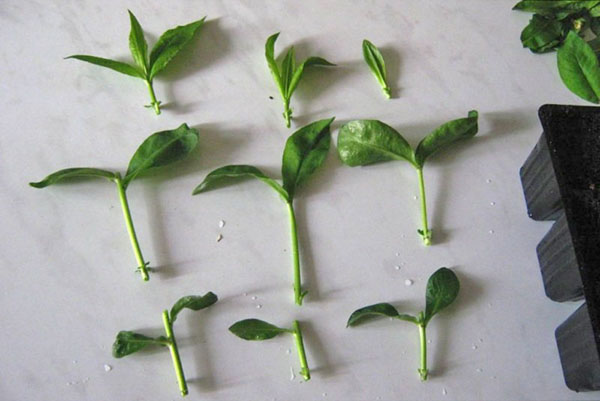
The option is allowed when the cuttings are kept in a rooting solution until white roots appear, and only then they are carefully transplanted.
A sign of successful rooting will be new leaves. Soon, seedlings can be transplanted into small pots and looked after as an adult plant.
Aerial processes
For this method, you need to put dishes with soil near the mother plant, choose a healthy shoot, find a place where there is lumbering, scratch the bark in this place and lay it on the substrate. You can additionally crush something, wrap it with sphagnum and cover the pot with film. After the roots appear, about a month later, the secateurs separate the branch from the new plant, pinch the other end and look after it, growing it under the required conditions.
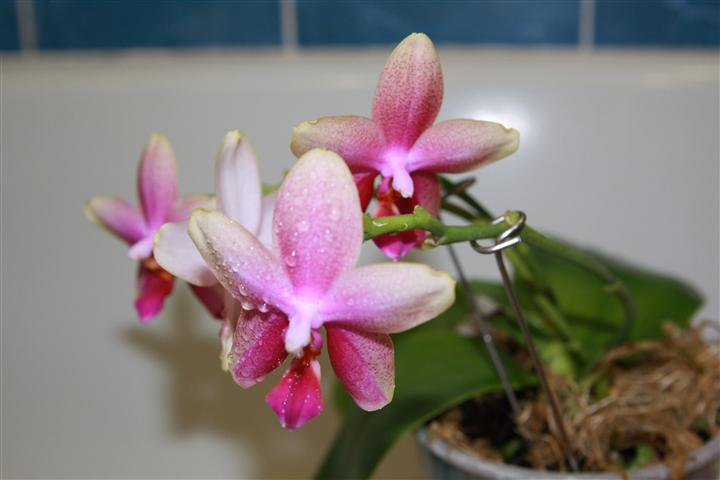 You may be interested in:
You may be interested in:Secrets and difficulties of home care for jasmine
Genuine jasmine is a rather rare plant in apartments, and for good reason: it requires some important conditions, especially if you want to see its flowering. It is recommended to experienced flower growers who are able to notice even small deviations, and have time to fix them before the flower dies.
Temperature and light
Usually, the plant has no complaints about the temperature - 20-25 degrees in the apartment - a suitable range. In summer, a decrease to 16 is undesirable, and the wintering temperature varies in different species, but in most it is 8-10 degrees. If it is colder, the bush may die; if it is warmer, flowering will be weak.
Watering, spraying, humidity
The balance in irrigation is very important: to prevent the soil from drying out and to prevent overflows and stagnation of water. In winter, reduce watering, as too wet soil at low temperatures is harmful. But you need to reduce the portion of water slowly, gradually.
Water quality is also important.The plant prefers warm tropical rain, so the water needs to be slightly warmed up, filtered or thawed, without plumbing components, chlorine and calcium salts are especially dangerous. And even in the case of purified water, it is still recommended several times a month to pour jasmine with slightly acidified water, adding apple cider vinegar; literally 5 drops per 1 liter.
Humidity is a very important point in care. The flower will simply wither away in dry air. It is especially critical to control humidity on hot days. Spraying is necessary both during the growing season, covering with a cloud from the sprayer, and during flowering, making it at a greater distance so that the drops do not fall on the flowers. To facilitate care, you can buy a humidifier or arrange a wide tray with wet pebbles, from which water will evaporate onto the plant.
If the bush began to wither, discard leaves, then with a high degree of probability the owner can not cope with humidification. Then you can try this method of resuscitation: cover the bush with a cap that will retain moisture, and ventilate it every day for several days or even weeks.
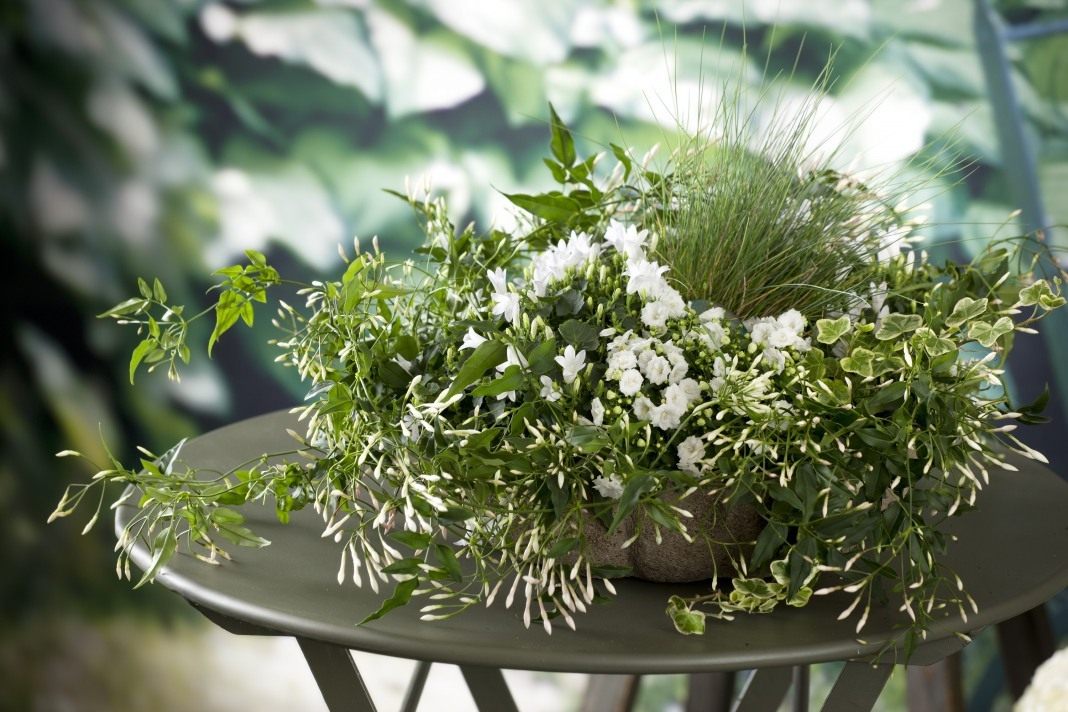
Pruning
Jasmine tolerates a haircut perfectly, it is even useful to him, as it provokes an intense scrub. Typically, pruning is carried out at the start of the growing season, focusing on the specific type and duration of its bloom. The shoots are cut to a third or even half. Sometimes an intensive haircut is not needed if there is support, and it is beautifully braided. But most often there is a need for it, since most jasmines bloom at the ends of branches, and the goal is to get more shoots for more intense flowering.

In addition to shortening, it is worth removing damaged branches, dry leaves. If the bush is young, then a cardinal haircut is not needed, you can just pinch the tips.
 You may be interested in:
You may be interested in:Wintering
Most types of jasmine in winter require rooms with 8-10 degrees of heat. However, this should not be a basement, the flower continues to need light.
Humidity can not be controlled if the first condition is met. When the pot could not be removed from the heated room, then the humidity around the bush will become the main topic of the owner’s thoughts if he does not want to lose a valuable flower. Watering for this period is moderate, even scarce.
Diseases and pests of a home flower
Complicated in growing jasmine is also the fact that with the slightest deviation in care, it becomes a good target for insects and diseases.
Diseases are manifested in the form of dropping leaves, drying out the tips and stopping growth, rotting shoots and roots, all kinds of mold. Treatment with drugs in these cases is not an option, you need to eliminate errors: check or “adjust” moisture, neutralize soil alkalization with unsuccessful water, check for drainage and the need for transplantation.
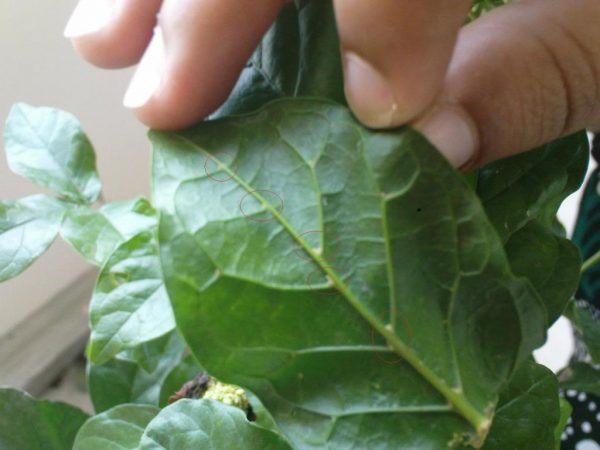
Often jasmine is attacked by insects such as:
- aphid;
- spider mite;
- leaf weevil.
You can try to remove them by mechanical methods, spraying, shower. Alternative methods are effective (spraying with soapy water), preparation of herbal infusions (for example, from onion husks). It’s worth using chemicals when the first ones didn’t help. To do this, you can use the funds purchased in the store, for example, the famous drug Antikleshch. And, of course, it is important to improve the living conditions of the flower. Without this, the pests will return soon.
History of growing flowers and signs
Jasmine is not just a houseplant, it is so magnificent and revered in many countries that legends were made about it, its beauty is clearly visible in the photo.
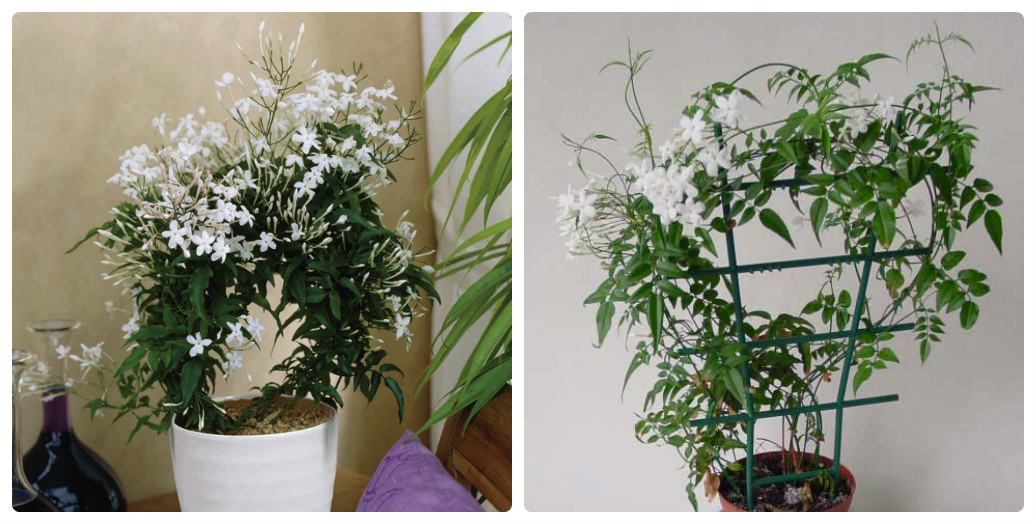
As one would expect, such a plant was worthy of the royal gardens, and mainly lived only there. One of the beliefs says that the only bush grew from an Italian rich man, and no one could get a branch from him until the gardener fell in love with the girl and presented her with a precious twig from the owner’s garden. The girl appreciated the gift with dignity and planted twigs, bringing jasmine "into the people." Since then, he has become a symbol of bold love, for which there are no boundaries.
Indian legend tells the story of Princess Jasmine, who fell in love with the sun god. But he did not reciprocate, and the girl died. After cremation, her ashes were scattered in the wind, and where he fell, fragrant bushes with delicate flowers grew there.
Jasmine is considered a strong aphrodisiac, he also helps to become successful, develops creative abilities, confidence, creates a safe atmosphere in communication. They used it to create love spells and other rituals.
Common Growing Questions
Indoor genuine jasmine is a very regal flower, judging by its moody character. Only a seasoned grower can get along with him and see his flowering. But even a novice florist is not forbidden to get jasmine in himself - diligence and responsibility will certainly be rewarded.

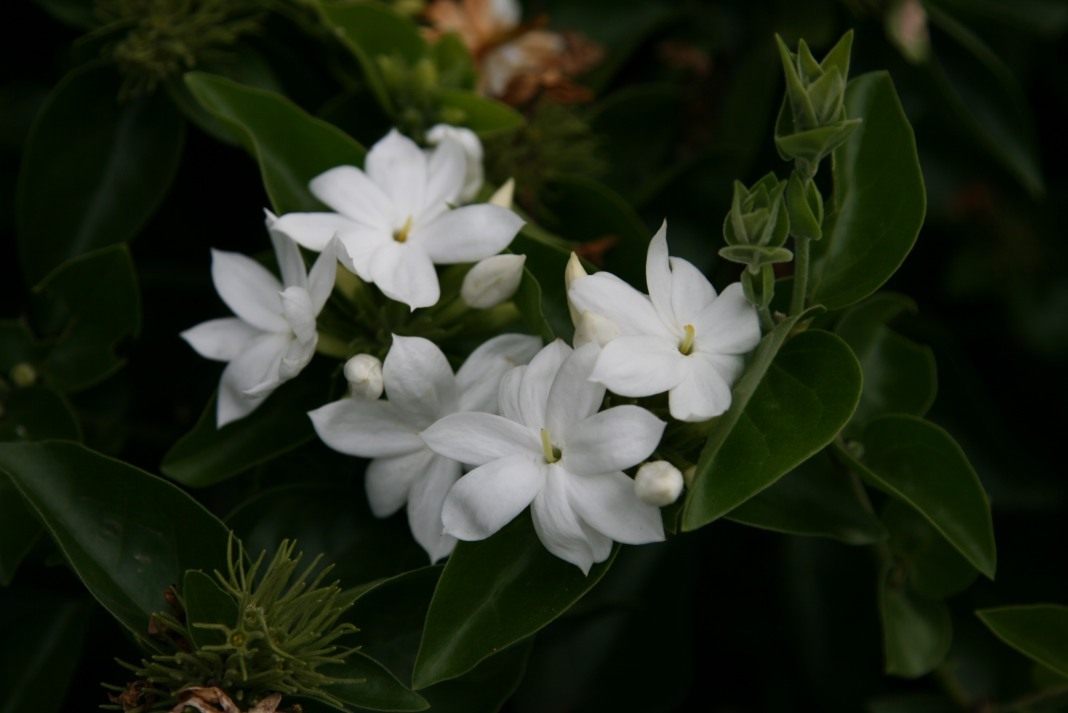
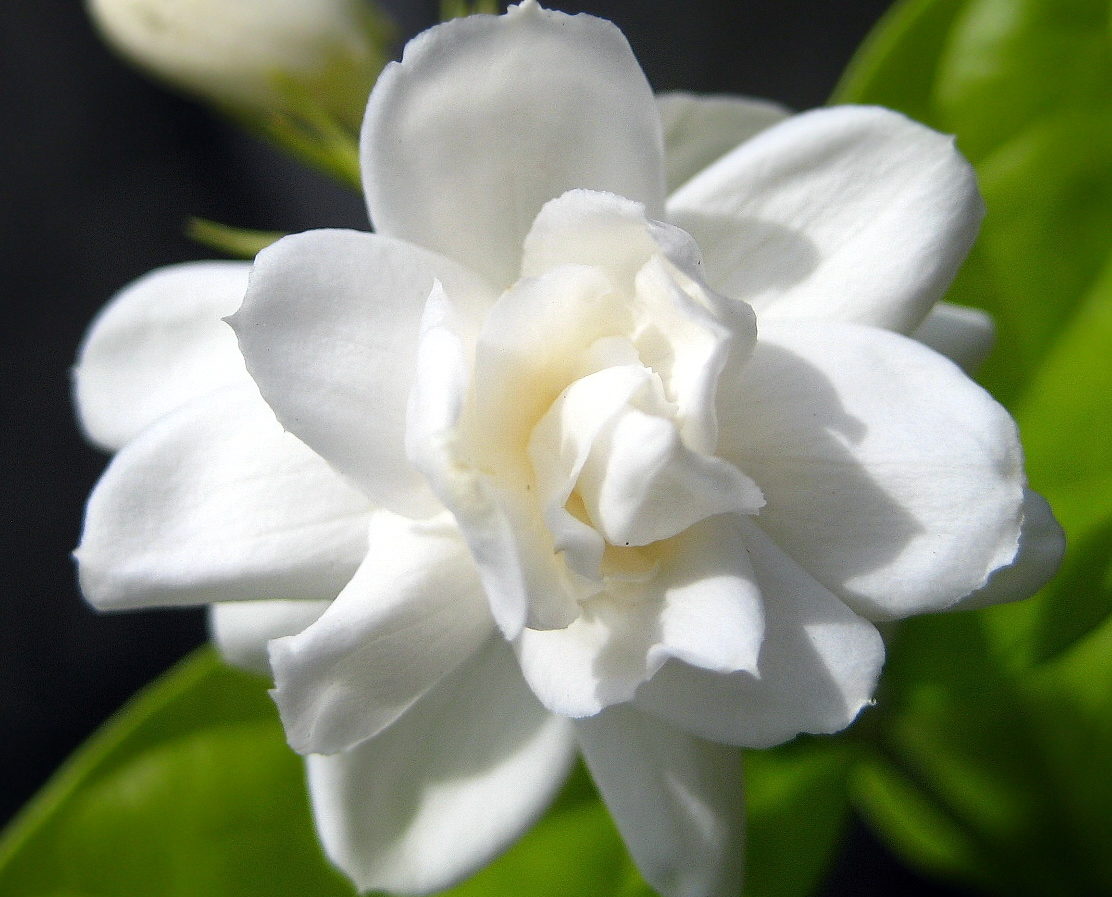
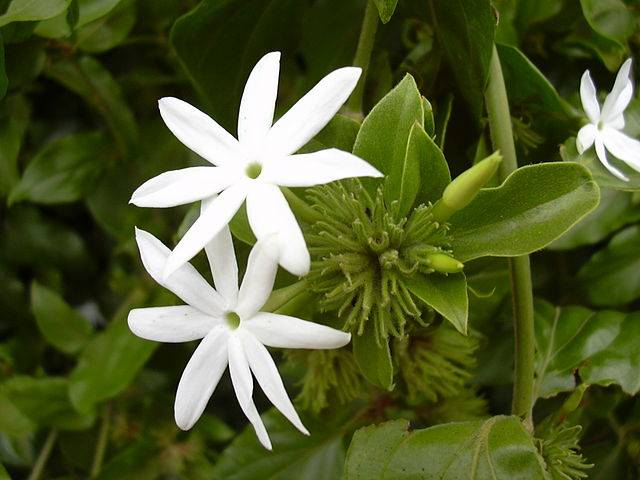
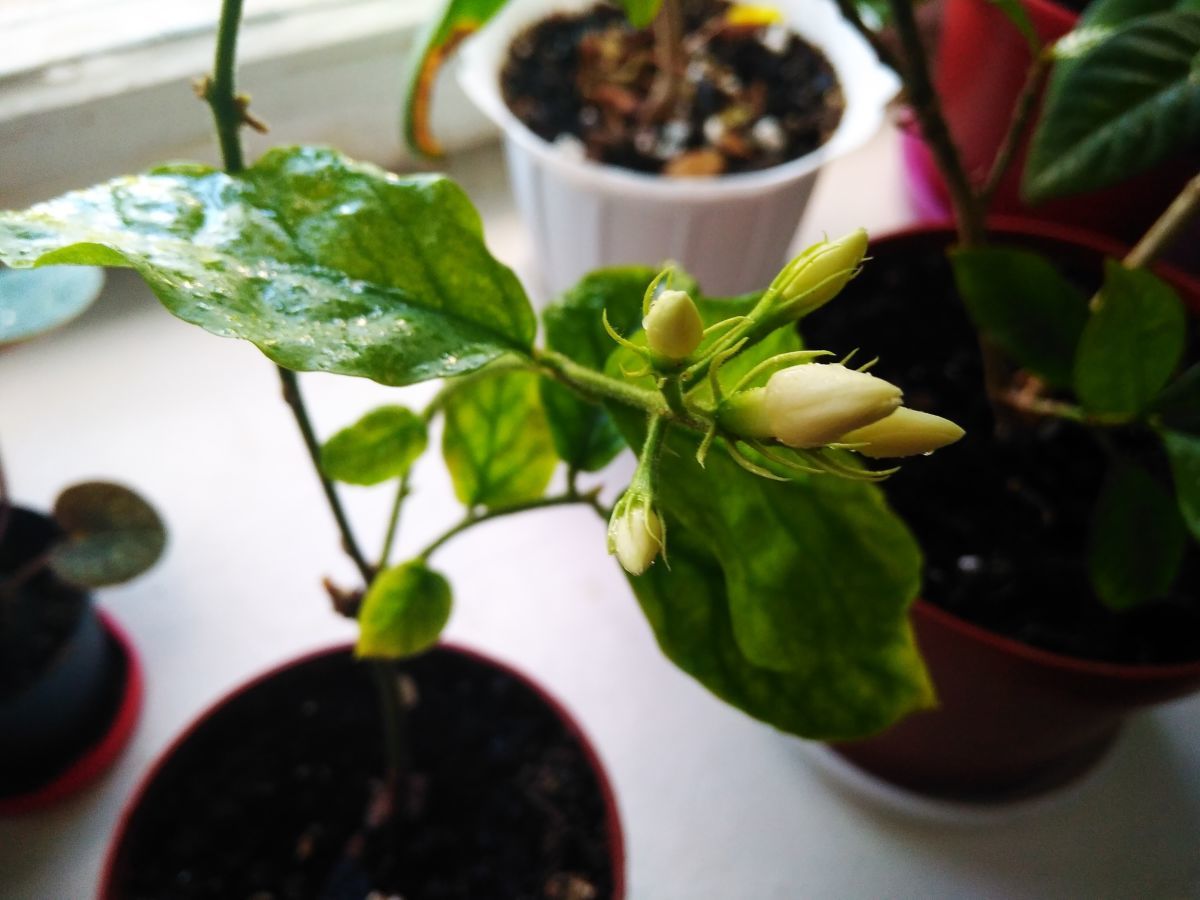
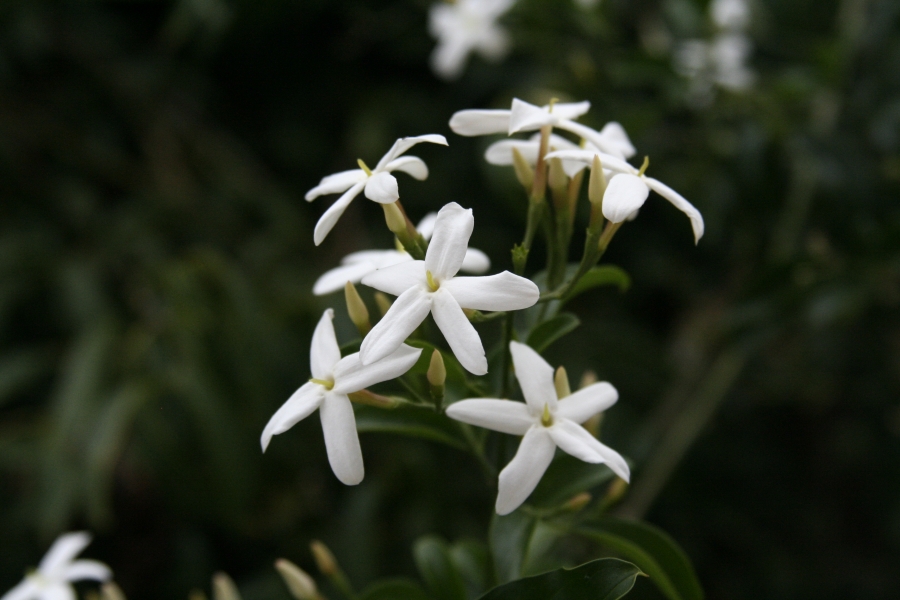

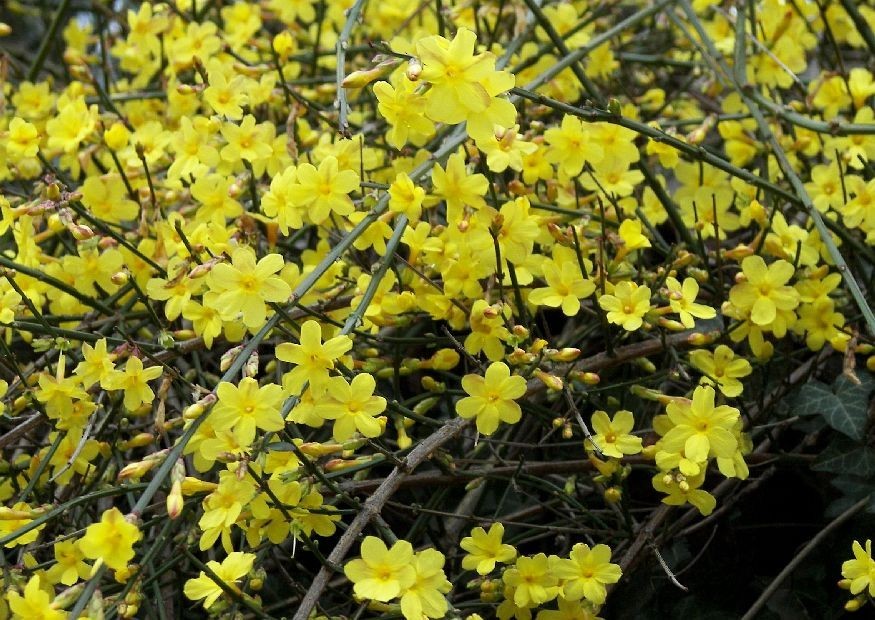
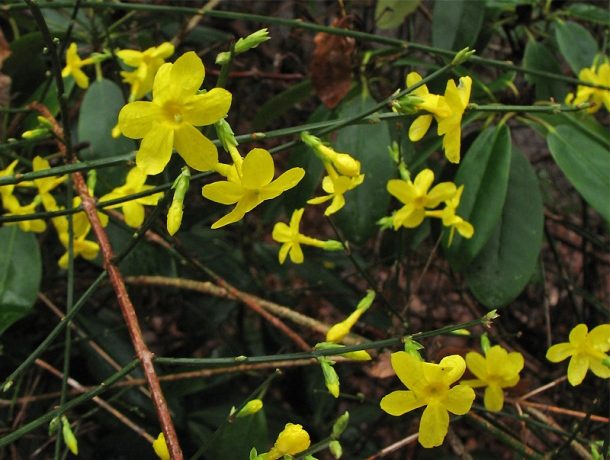
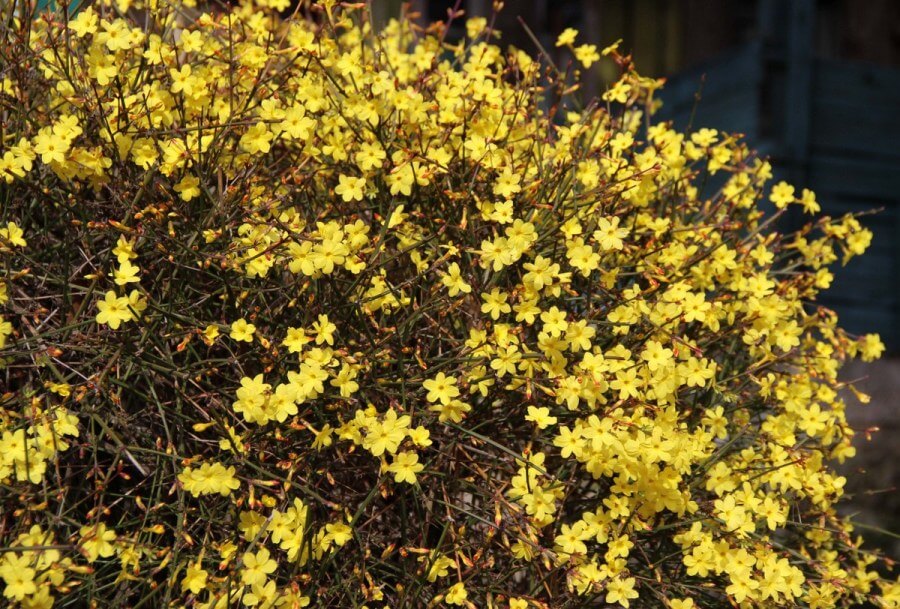
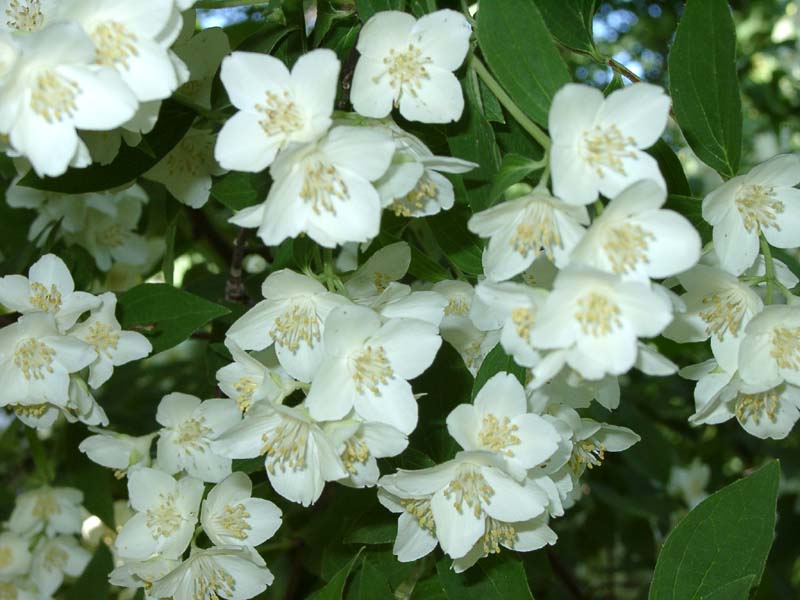
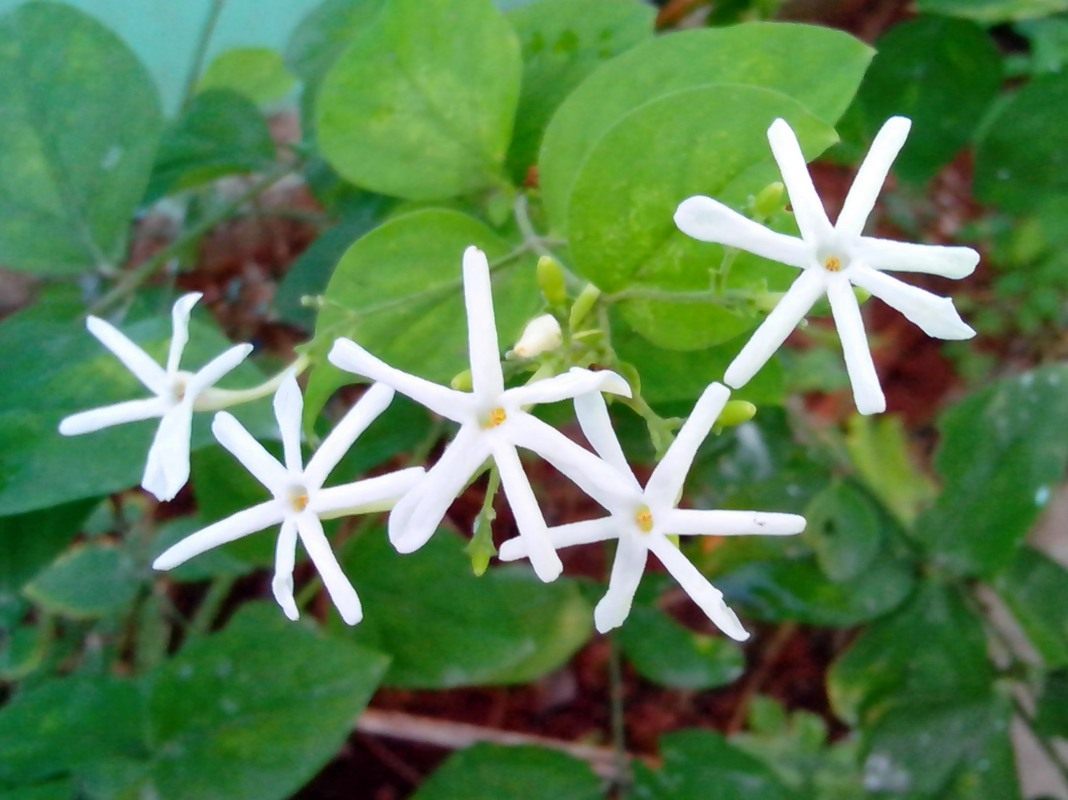
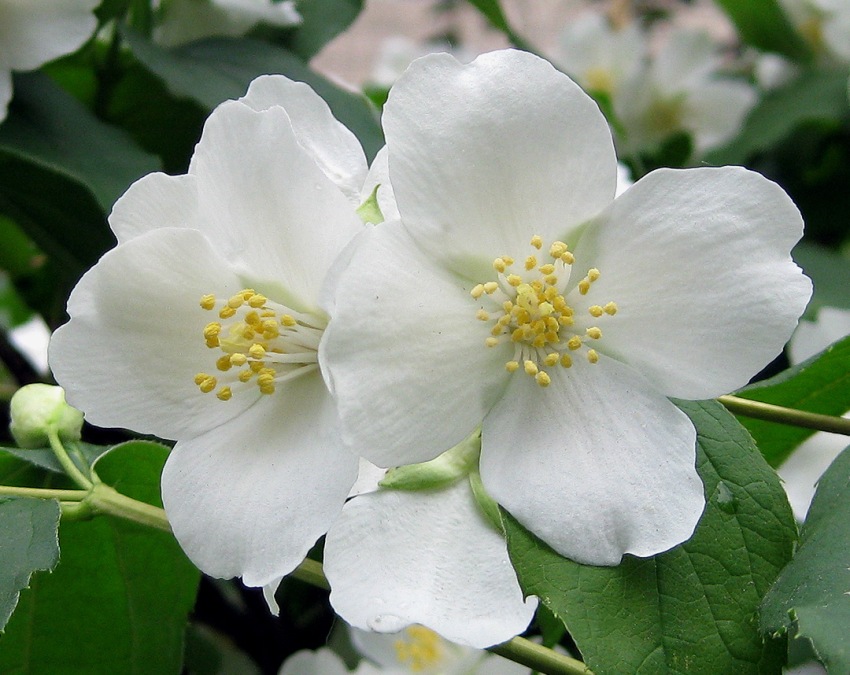
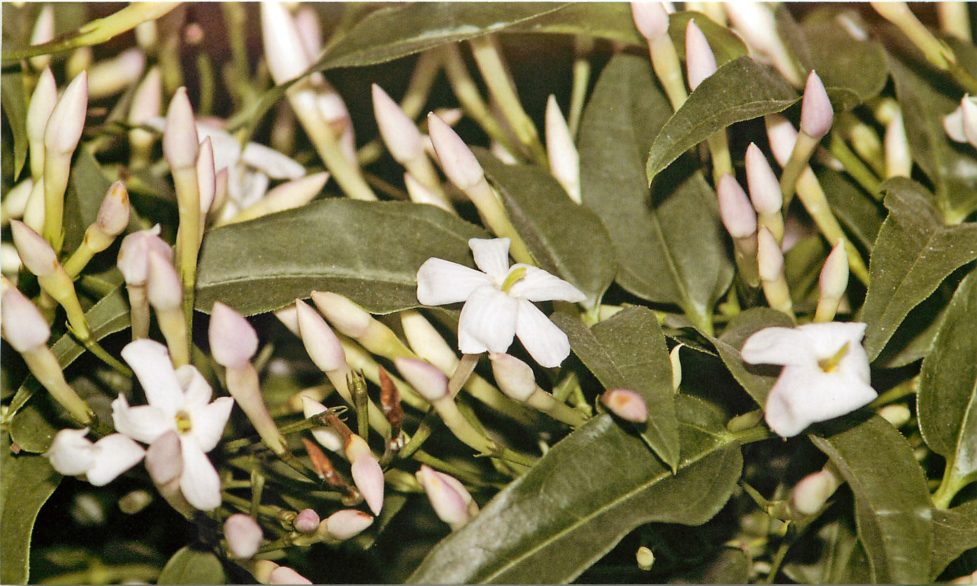
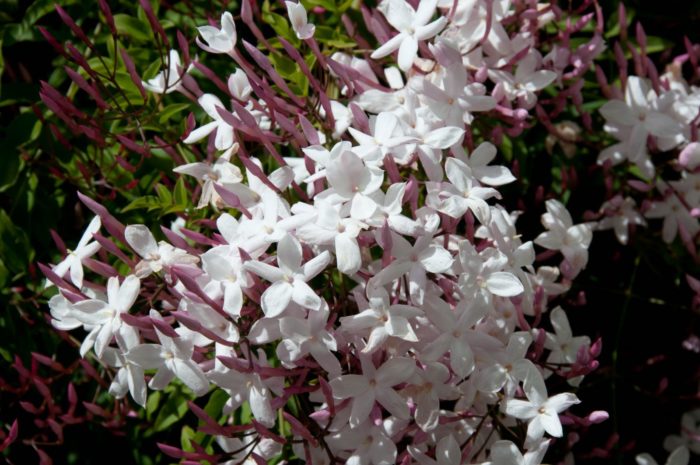

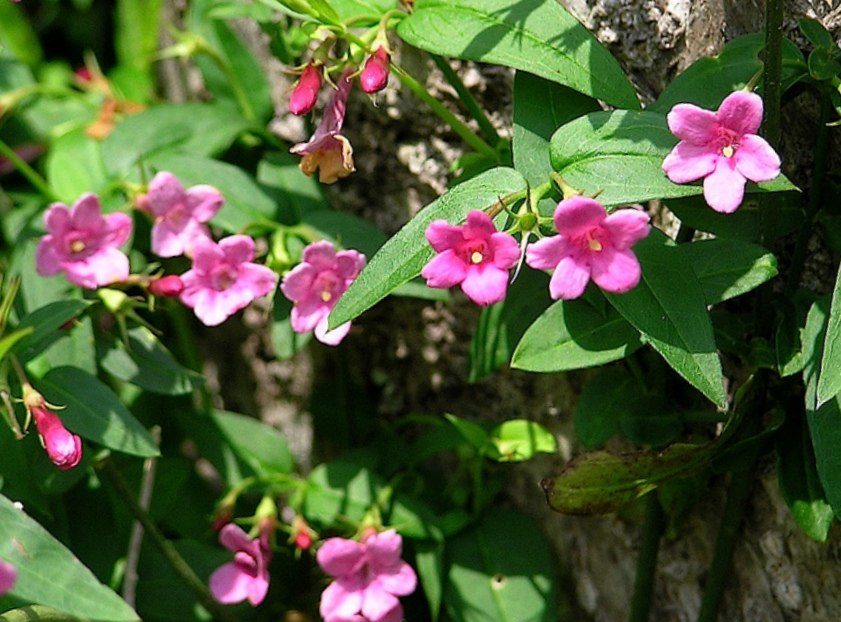
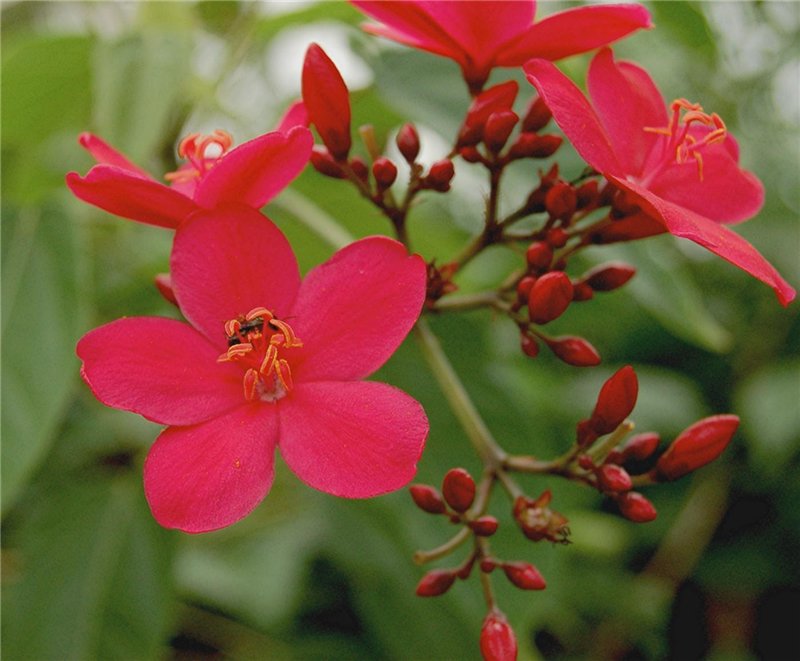
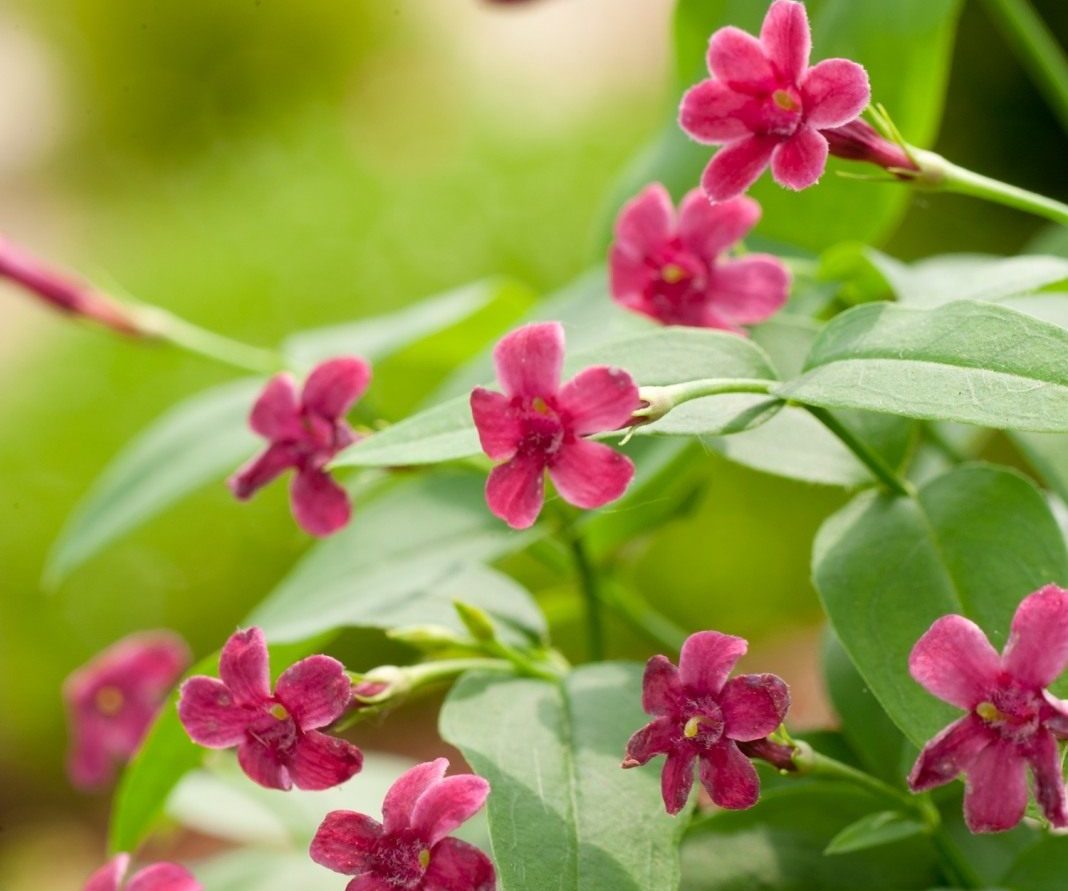



 Sow in the ground, without seedlings: 10 beautiful and unpretentious flowers
Sow in the ground, without seedlings: 10 beautiful and unpretentious flowers Platicodon planting and outdoor care
Platicodon planting and outdoor care Hosta - planting and care in the open ground in the Urals
Hosta - planting and care in the open ground in the Urals Oleander - care and growing at home
Oleander - care and growing at home